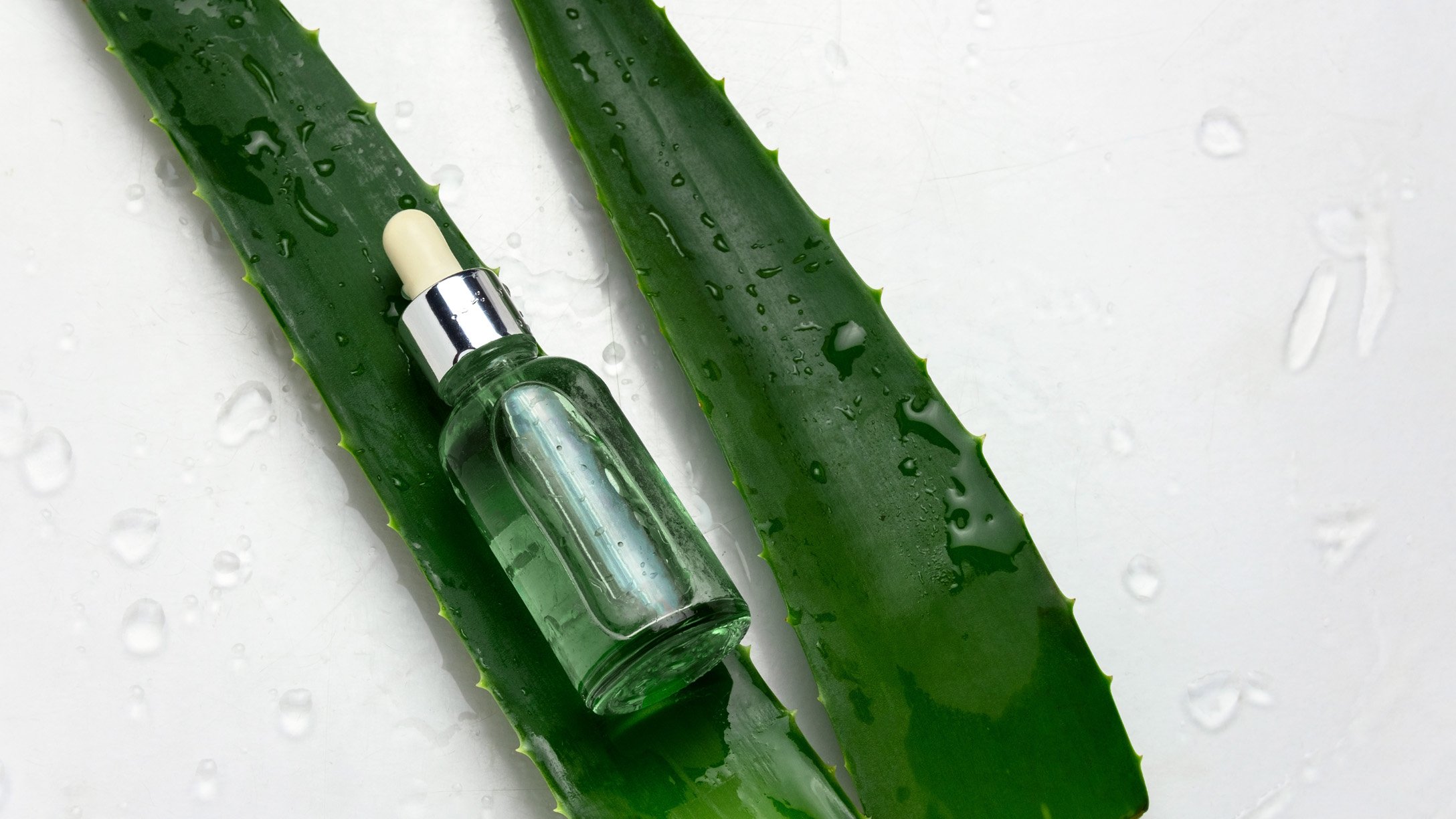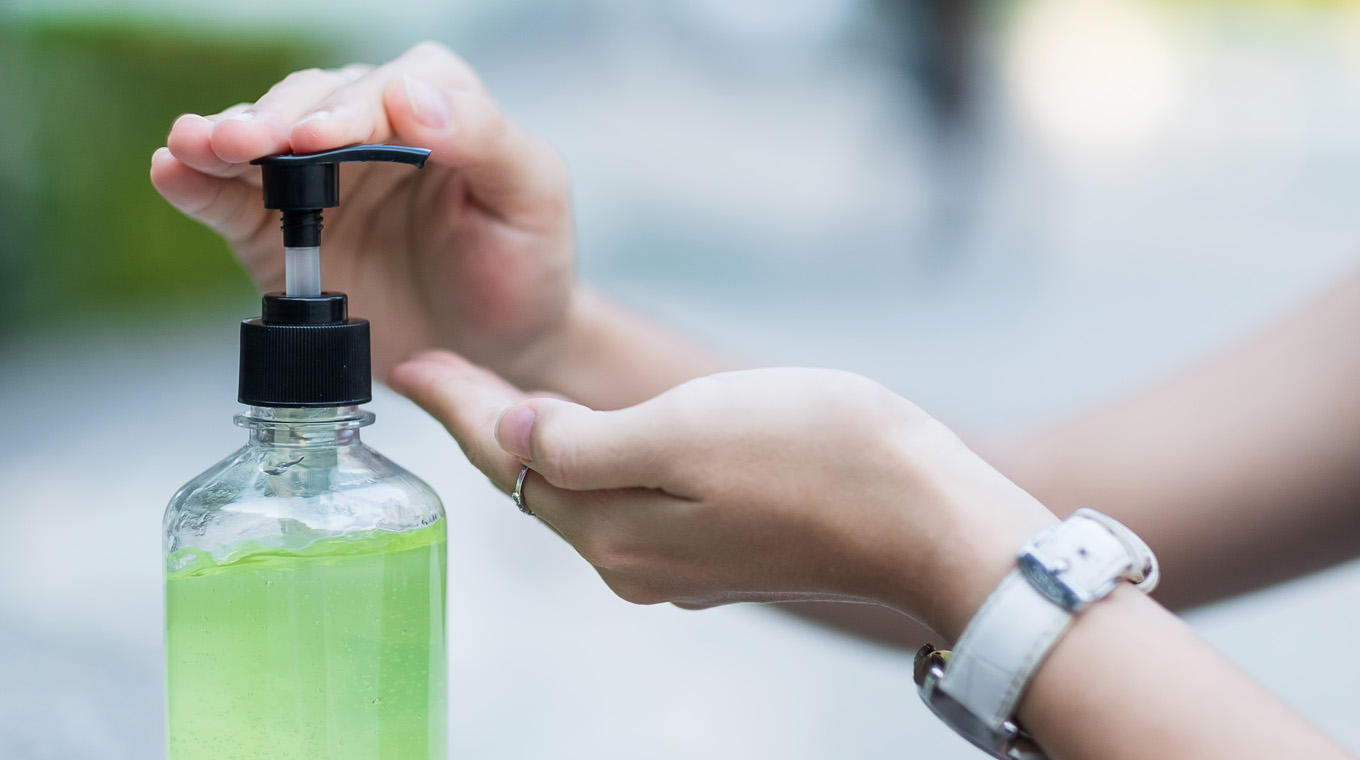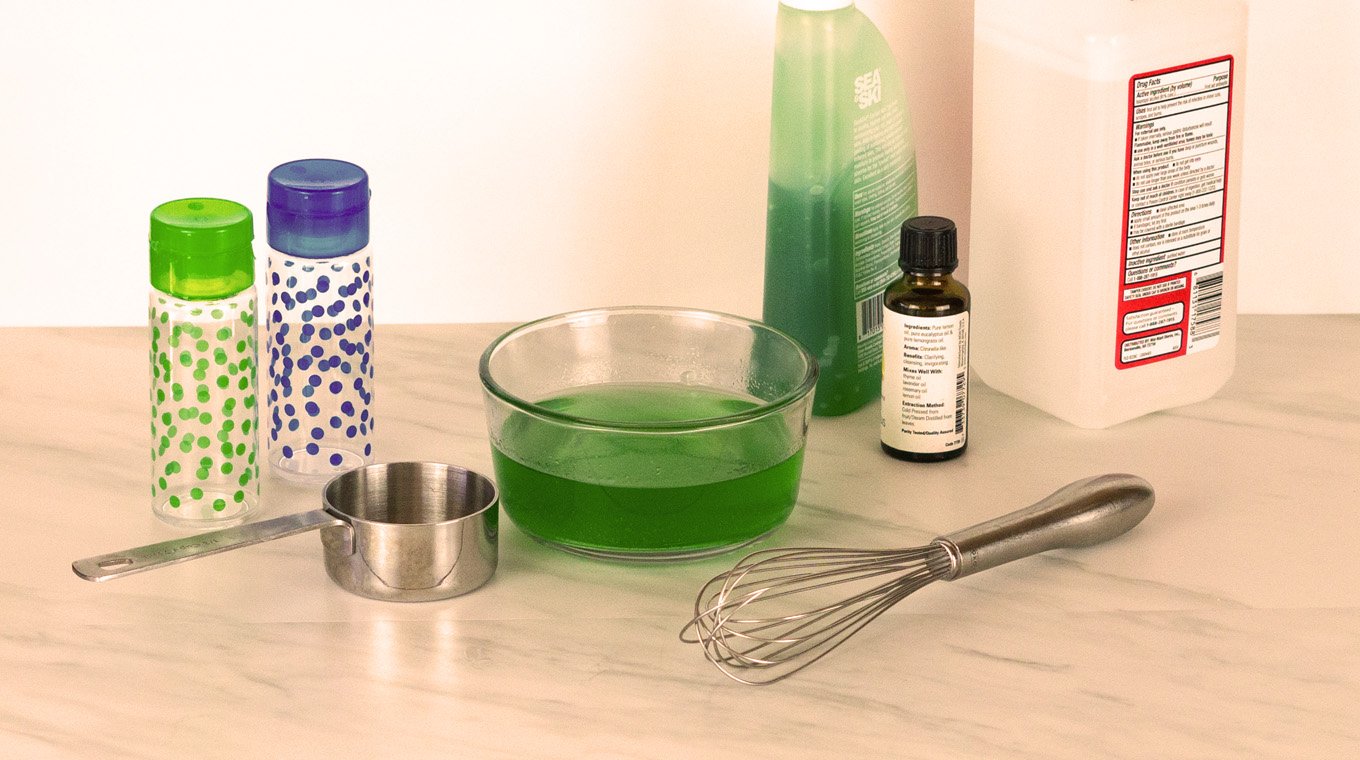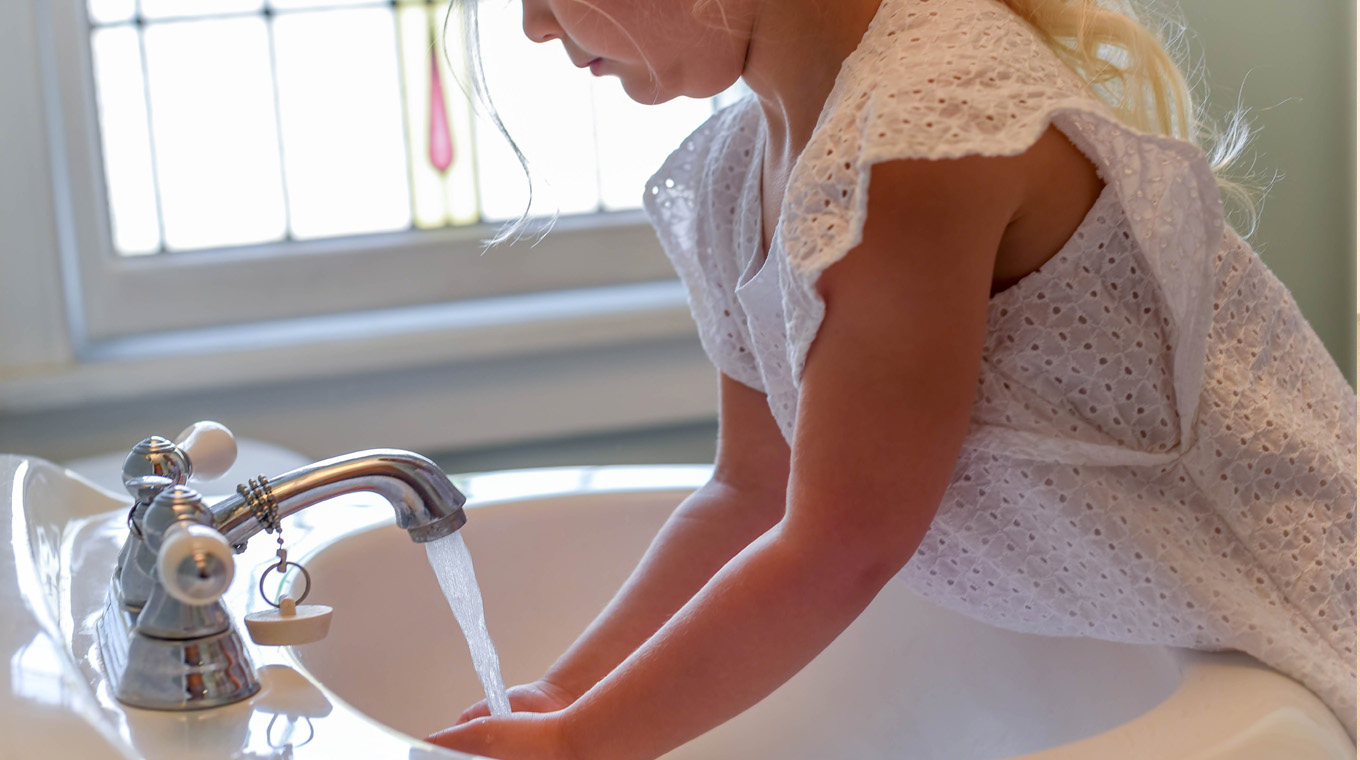
In this article
With the coronavirus being ruled a pandemic by the Centers for Disease Control (CDC), everyone is now focused on the possibility of being quarantined. You may have headed to the store in order to stock up on cleaning supplies like cleansers and hand sanitizer for your family, only to find that the shelves are empty.
Online shopping doesn't seem to be any better, with major online outlets stopping price gougers who hoarded hand sanitizer to profit off the coronavirus. In a jam? Here's how to make your own hand sanitizer in 15 minutes.
Does hand sanitizer help prevent the spread of the coronavirus?

The CDC confirms that hand sanitizer with an alcohol content of at least 60% is effective in preventing the spread of coronavirus. The alcohol content helps to break down the exterior wall of the virus, effectively killing the germ.
The CDC also states, however, that hand sanitizer may not be effective if your hands are dirty or greasy. This means that your best bet is to wash your hands with soap and water for 20 to 30 seconds (about as long as the duration of the "Happy Birthday" song) while lathering, and then rinse in warm water.
When to use it
Hand sanitizer can be used when soap and water are not available. This means you should use hand sanitizer when you are out and about, and in contact with surfaces that may be contaminated with the coronavirus.
Whether you are grocery shopping, going to the bank, running other household errands where you are touching community property, hand sanitizer can effectively help reduce your chances of getting the coronavirus. Remember to not touch your eyes or your mouth unless your hands have been disinfected or freshly washed.
How to make DIY hand sanitizer

If the shortage of hand sanitizer in markets around the country has you concerned about getting your hands on a bottle, you can make your own DIY hand cleaner or sanitizer that will be an effective resource to fight the coronavirus. Daria Mitchell, mom of two elementary school kids told Mom.com, “I couldn’t believe how easy it was to make. I’d probably have been making my own for years.”
Hand sanitizer that contains at least 60% ethanol or 70% isopropyl alcohol by volume is needed to fight coronavirus. However, alcohol alone may be too harsh on your hands to use on a regular basis throughout the day. Mix it with other ingredients, such as aloe vera and essential oils, to make a soothing and effective homemade hand sanitizer. Remember that by diluting the alcohol with other ingredients, you lose effectiveness to fight the coronavirus, but the recipe below ensures that you end up with at least the required 60% alcohol content.
Ingredients:
- Isopropyl alcohol with 91% or higher alcohol by volume concentration
- Aloe vera gel (you can purchase it or make it yourself)
- Essential oil (optional)
Take 1 cup of the isopropyl alcohol and combine it with three tablespoons of the aloe vera gel. Add a few drops of the essential oil if desired. Note that most rubbing alcohol bought at the local pharmacy is isopropyl alcohol, but you should always double check the ingredients.
Mom Jennifer Schweikert from Rancho Cucamonga made her own hand sanitizer and loved the results. "We decided to make our own because the stores were selling sanitizer with only 60-70% alcohol but we wanted a higher percentage of alcohol," she told Mom.com. "We got 91% alcohol and mixed it with aloe vera gel. And we could make large quantities of it." But she cautions about straying from the recipe. "I did add a little more aloe to thicken it but you still want to stay close to the ratio to keep the alcohol percentage."
Elaine Larson, a professor at the Columbia University's School of Nursing and Mailman School of Public Health in New York, has also DIY'd hand sanitizer. “When I was in Africa, we taught hospital pharmacies to make sanitizer because the commercial types were too expensive,” Larson told Today.com. “But I don’t see a great need for (DIY) hand sanitizer now.” That's because Larson believes that hand-washing is still the most effective method for keeping hands clean.
Also important to note: Currently, the internet has a lot of recipes for DIY hand sanitizer, including a very popular method using vodka. The problem with some of these DIY recipes, especially the vodka method, is the alcohol content is not high enough. Whereas the CDC recommends at least a 60% alcohol content to fight the coronavirus, most vodka only contains 40% alcohol.
What are the possible side effects from overusing hand sanitizer?

There are some side effects that can happen with overusing hand sanitizer. These include the drying out of your skin with potential cracking and even a burning discomfort. If your skin becomes too dry, it can crack and bleed, allowing the germs to infiltrate your skin and into your bloodstream.
Keep hand sanitizer with an alcohol content away from young children as well. Ingesting hand sanitizer could lead to alcohol poisoning.
Remember, hand-washing is still key
Washing your hands with warm water and soap for at least 20 seconds is the best defense against coronavirus. When possible, head to the sink rather than grabbing the bottle of hand sanitizer. This will not only save on the resources needed when soap and water is not available but will also help prevent the drying and cracking of your skin that could possibly lead to infection.







